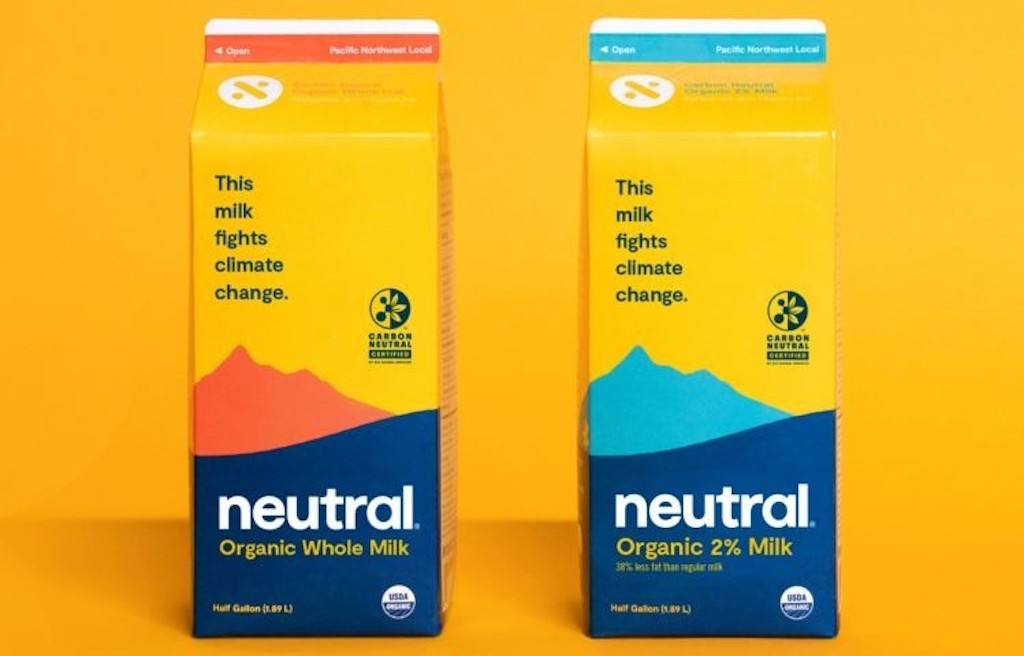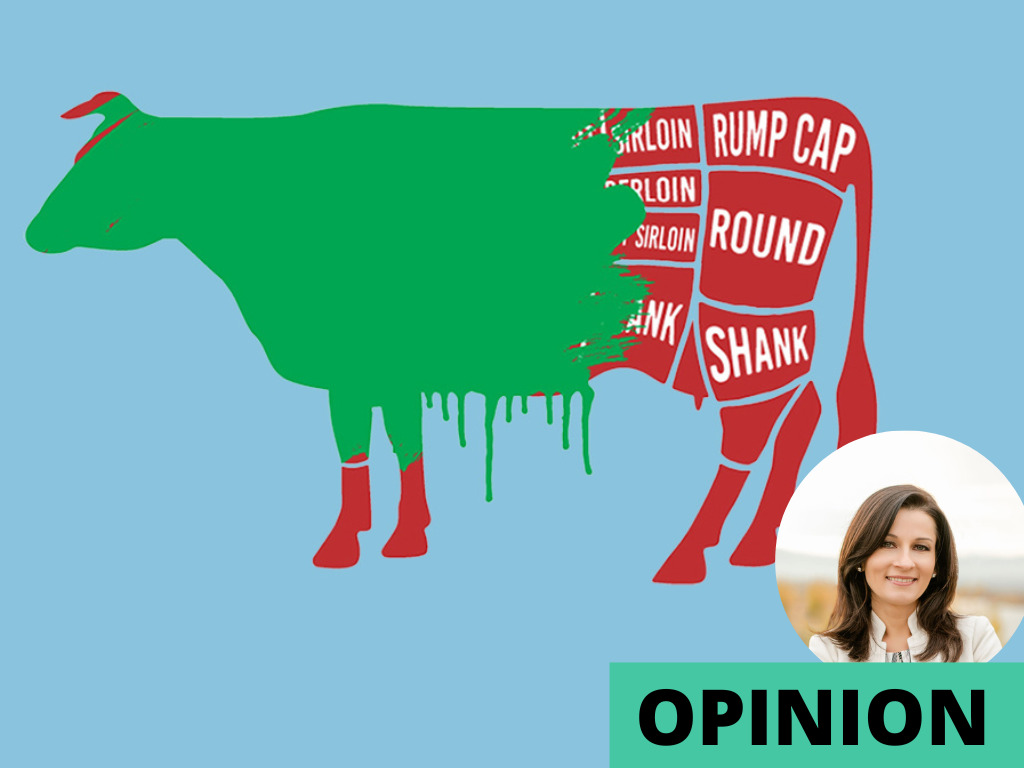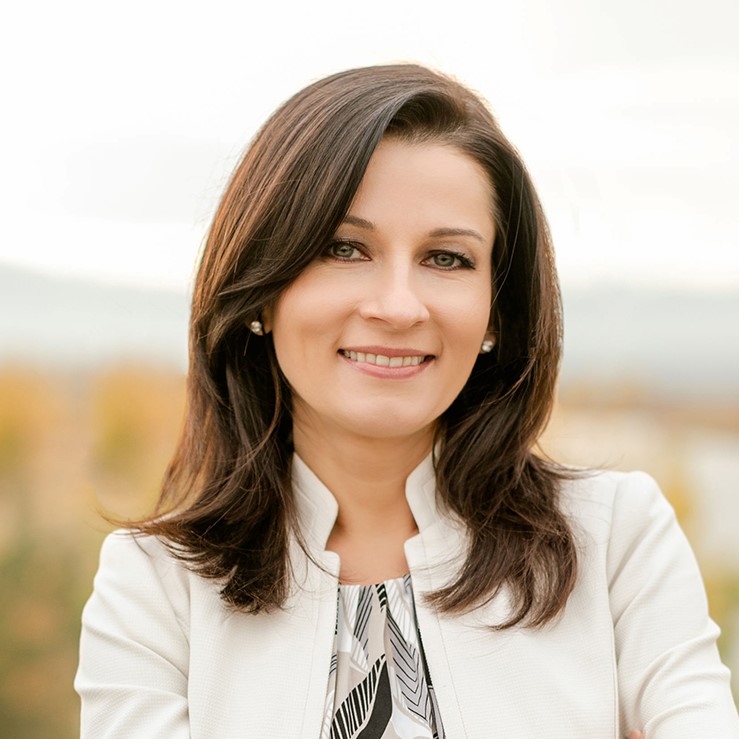6 Mins Read
Notes From the Frontlines of the Sustainable Food Movement – an opinion column by Irina Gerry
If cows were a country, they would compete with the United States for the title of the world’s second-highest emitter. Cows alone produce 5 gigatons of CO2e. The United States emits 5.2 gigatons of CO2e, including its massive oil and gas sector.
Yet, we keep seeing Low Carbon Beef, Sustainable Beef, Carbon Neutral and even Carbon Positive Milk claims popping up. How is this possible? Can beef and dairy really be sustainable?
Here is the truth. At the current scale, global meat and dairy production is not sustainable. Livestock is responsible for 14.5% of global GHG emissions, with cows carrying the majority share. Raising and feeding livestock occupies one-third of all ice-free land on Earth. It is the leading cause of biodiversity loss, deforestation and waterways pollution.
Raising cows for food is inherently inefficient. Cows are large mammals that require a lot of food and water just to survive, let alone to grow or produce milk, requiring several times more inputs than they produce as outputs. It takes 100 calories of feed to get just 3 calories worth of meat or 17 calories worth of milk. Cows also naturally produce methane, a greenhouse gas 86 times more powerful at warming the planet than CO2.
With climate change events unfolding all around us, animal agriculture is feeling the heat as a large contributor to the problem. While attempts are being made by the industry to increase livestock farming efficiency, reduce methane emissions through feed additives, and improve manure management practices, by best estimates all of the efforts combined are not likely to reduce total emissions by more than 30%, leaving 70% unabated. Given this, researchers, scientists and even the UN have issued calls for us to reduce global meat consumption.
So, what does the industry do? Instead of admitting the physical impossibility of farming 1.5 billion cows without the negative climate impact and creating a plan to reduce production (gasp! That would NEVER be acceptable), it is deploying classic dirty industry PR tactics in an attempt to prop up its image and prevent a slump in consumer demand or risk regulatory action.
Here are the top 6 industry greenwashing tactics to make it easier for you to spot:
1) Deny the Science: Just Say It Ain’t So, Joe
Despite a great degree of scientific consensus around cattle contribution to global agricultural emissions, the media is awash with disinformation about the impact of beef and dairy on climate. Anything from “cows are the climate solution” to “cows don’t produce emissions” has been published in blogs, presented at conferences and posted on social media. The most recent NYC Climate Week featured a sponsored presentation by the National Cattlemen’s Beef Association titled “Choosing a climatarian diet: the case for including beef”. Wait, what? Given that beef has the highest emissions of all foods, it is bewildering to see it presented as a climate solution. And yet, some of this positioning works on the general public because it seems to layer on the pre-existing false narratives in our minds. How can an idyllic image of a happy cow on a green pasture possibly be bad?
2) Deflect the Conversation: Point to Anecdotal Evidence of ‘Regenerative Grazing’
Photos of green pastures, happy cows and cowboys evoke patriotic feelings of Americana and all-things-wholesome. Grounded in the real issue of soil degradation, most of which is caused by overgrazing and the use of agrochemicals, many of which are used to grow cattle feed, the purported solution somehow involves grazing more cattle to restore the damaged soils. While some regenerative grazing could be beneficial at a limited scale, the overall narrative has been hijacked by the beef lobby to deflect the conversation away from the massive climate footprint of cattle farming by implying that we can just let the cowboys worry about grazing cattle “better” without reducing beef consumption.
“It’s not the cow, it’s the how”, the jingle goes, and yet, the data shows us that it is, indeed, the cow, and the real crux of the matter lies in the “how many”. Regenerative grazing sounds nice, however, after decades of experimentation, there aren’t specific standards or definitions as to what it actually means, leaving the idea vulnerable to be used as a greenwashing plot. Further, there is little evidence to support grazing cattle as a scalable solution outside of specific degraded cropland restoration case studies.
3) Misappropriate Fractional or Unproven Solutions
Over the past couple of years, media hype has been touting seaweed feed additive’s ability to drastically reduce cow’s methane emissions by 80-90%. How great! Now we can keep eating beef and save the planet, too. Never mind the omission of the fact that these claims come from small-scale experiments, typically of just a handful of cows observed over a few weeks on feedlots.
For example, LOME (Low on Methane) beef sold out in Swedish supermarkets within a week of launch signaling consumers’ interest in low-carbon options. Digging just a bit further into the company’s study behind the claim reveals that this “methane killing magic” does not apply to pastured cattle (chasing cows down pasture with seaweed additive daily seems impractical), does not address all emissions associated with meat production (growing feed crops, fossil-based fertilizers, farm operations, processing, packaging, refrigeration etc.), or address emissions from manure, leaving the best estimate at a total product lifecycle emissions reduction closer to 10-15%, rather than the exciting 90%. As I’ve written before, there is no such thing as low-carbon beef.
4) Use Vague Sustainability Language
There is so much talk about soil health, regenerative agriculture, sustainable grazing practices, climate-smart agriculture, improving biodiversity, and cycling nutrients that it’s hard to keep up. A good way to spot greenwash is to ask, what does it actually mean? Is the claim substantiated by third-party verifications or standards? Does it include the full scope of emissions, land or water use? How is this measured? Who is accountable for the results? If you can’t clearly articulate an answer, you know you are likely being swindled.
5) Buy Carbon Offsets
Proudly claim your product to be Carbon Neutral or even Carbon Positive simply by buying carbon offsets. For example, Neutral milk website talks about “radical carbon reduction” and describes all the wonderful sustainability initiatives the company hopes to implement at the farm, which combined with the bold claim “This milk fights climate change” makes it look like a climate winner, while the product continues to produce emissions in the real world.
If you don’t believe your trans-continental flight to be emissions-free just because you paid extra $5 to buy carbon offsets at checkout, why would you believe the milk carton to do any better, now that you understand the inherent impossibility of making it a reality? Same here, a careful look at the company’s own emissions analysis buried behind the marketing hype reveals that the vast majority of emissions reductions are achieved by purchasing offsets, not by emissions reductions on the farm.

6) Make Net Zero Pledges
Net Zero pledges are a fan favorite of the fossil fuel and animal agriculture industry. Announce the Net Zero pledge far enough into the future and let someone else worry about delivering on it down the road. You’ll be retired or dead by 2050, so who cares. The website looks great!
Hope this was helpful. Happy #greenwash spotting, everyone.
Lead image courtesy Irina Gerry & Green Queen Media.




